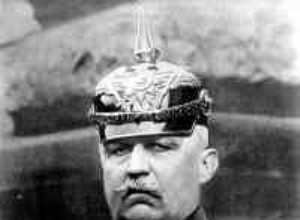Since the French Revolution began in 1789, European monarchies have feared the spread of Enlightenment ideas. They then decide to join forces to fight France. The first coalition took place from 1793 to 1797. The second coalition (England, the Two Sicilies, Turkey, Russia and Austria) began in 1799.




